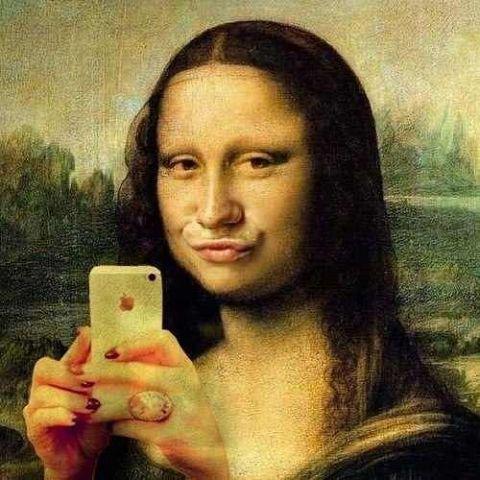
Oxford Dictionary’s word of the year is also one of the most fascinating movements in social is that of the selfie. Part vanity, part communication, part fun, and part absurdity, selfies represent a new generation of #selfieexpression cum egotistical emoticons…but not necessarily in a bad way. Nevertheless, the psychology and science behind selfies are strangely fascinating and therefore I continue to study and report on its evolution.
Selfiecity, a new research project, studies Instagram data from five cities around the world including Bangkok, Berlin, Moscow, New York, and Sao Paulo. Wired initially reported on Selfiecity’s initial findings. I didn’t want to be selfie’ish with the information so, I’m sharing the highlights with you here.
Right now, there are more than 79 million pictures on Instagram with the hashtag #selfie. You can add another 7 million for #selfies and 1 million for #selfienation. Not counted though, are the number of selfies that don’t include a meta reference beyond the visual that you are indeed looking at a selfie.
As you can see, selfies is a form of communication among the (early) twenty somethings.
Specifically in NY, more women (61.6%) share selfies than men (36.7%). But then again, there are historically more women active on social media than men as well. The average age for selfie-made women in NY is 23.3 whereas the age skews slightly higher for men at 26.7.
I know this is a burning issue for everyone concerned here. Selfiecity also tracked visual cues such as angle of head tilt. Women in Sao Paulo as you can see, were the most expressive with body position and tilt at 17-degrees compared to 10.6-degrees in Bangkok and 11-degrees in New York.
But wait, that’s not all Selfiecity is tracking. You can learn more about poses, the state of eye contact, how many people where glasses, and whether or not people open or close their eyes and mouth in selfies.
In summary:
#noglasses
and…
Eyes wide open…mouth wide shut.
I found this part particularly interesting. Selfiecity is also tracking the mood in each selfie. For the most part, people are happy, which hopefully conveys a positive sense of selfie-esteem or selfie-confidence 😉
In short, women are clearly smiling more than men. I guess that says something…
Additionally the team at Selfiecity learned…
On average, women tend to take more selfies than men. In Moscow, women account for 80% of the selfies. Yet, as people get older, this trend reverses. At or after age 40, men are more likely to take and post selfies than women.
At 150%, women are more likely to tilt their heads in photos over men.
According to Selfiecity’s mood analysis, people in Bangkok and Sao Paulo appear to be happier than people in Moscow. Perhaps it’s just that they’re more selfie-satisfied.
Please visit Selfiecity to explore the world of selfies for yourself.
#philoselfie
Connect with me: Twitter | LinkedIn | Facebook | Google+ |Youtube | Instagram
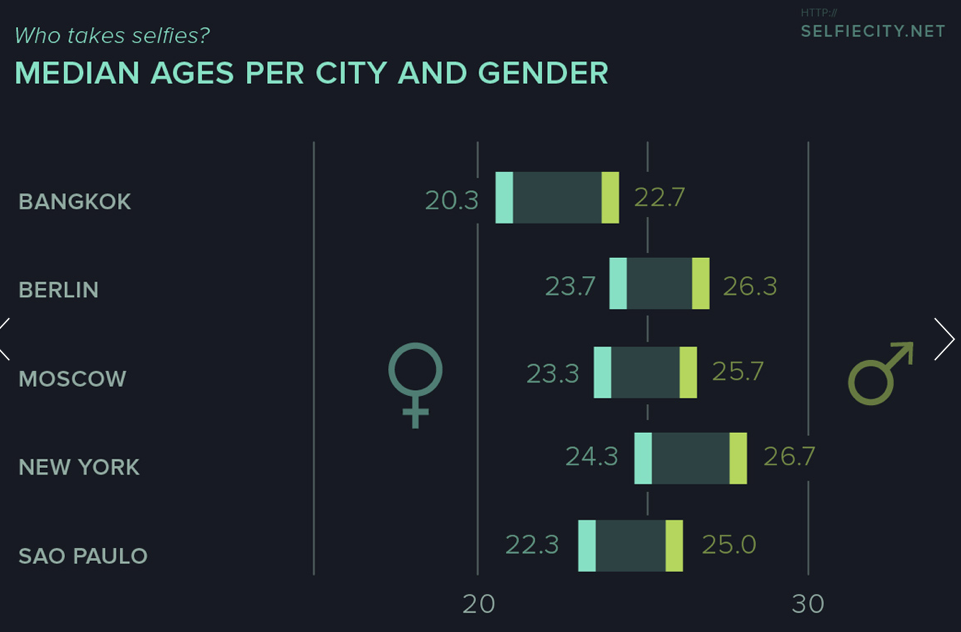
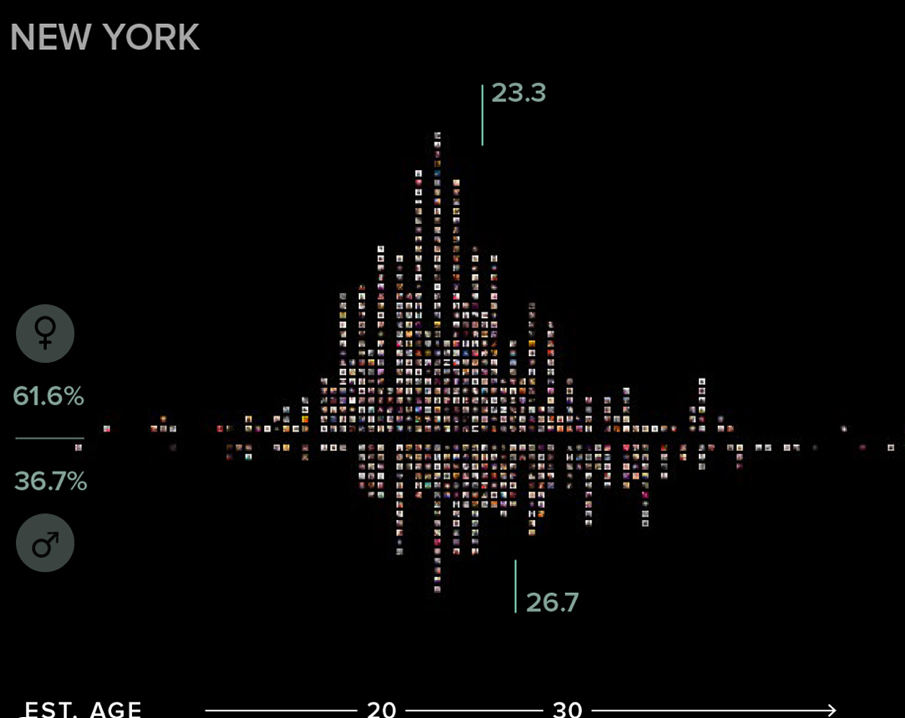
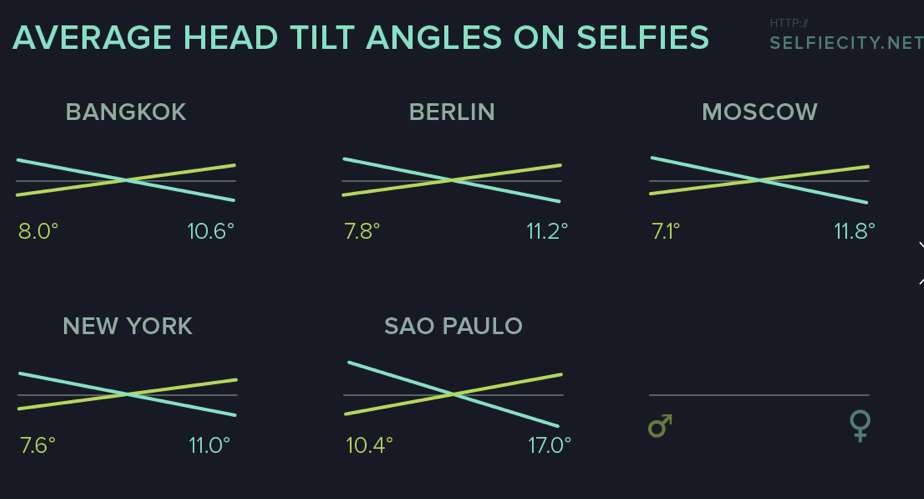
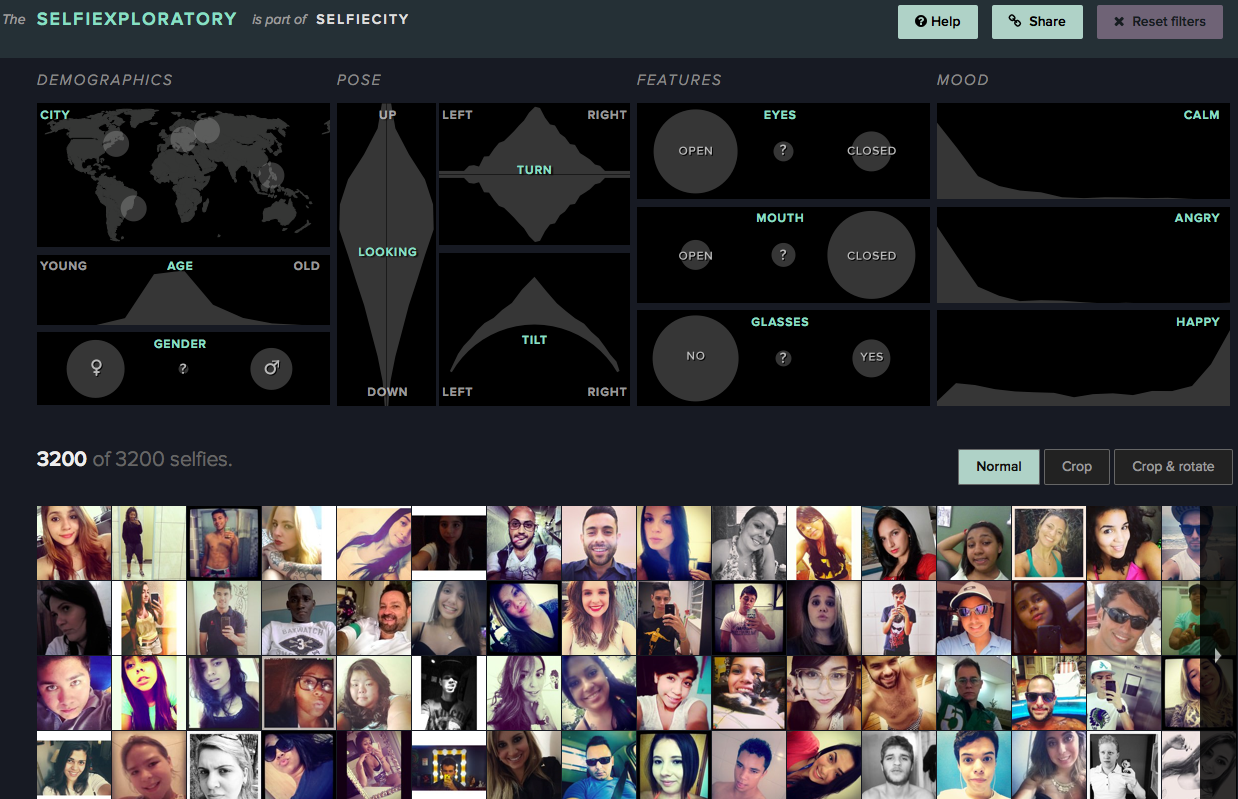
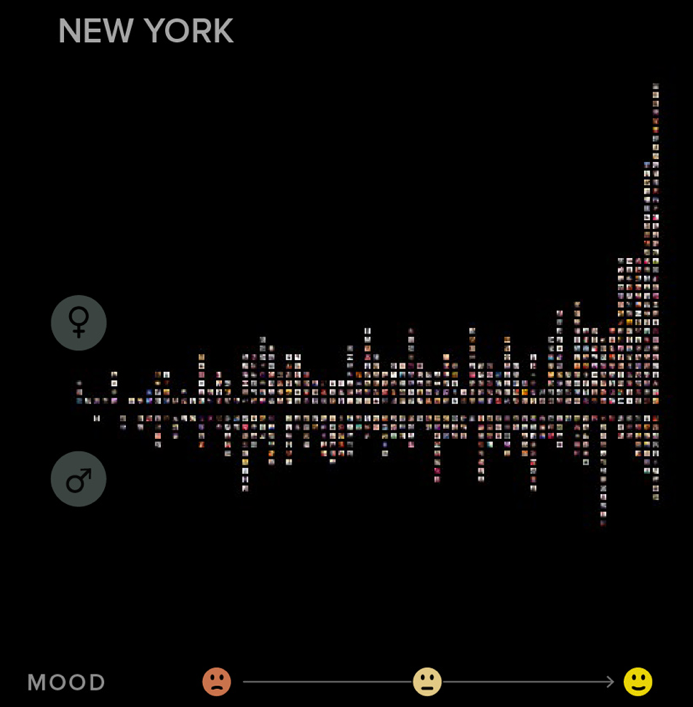


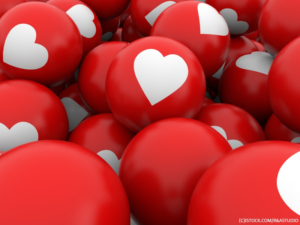


This is great! I found this thoroughly entertaining and I love your sense of humor with the puns. I have to say, I have been a fan of you and keeping up with your blog since I saw you at in Philadelphia, for the PRSSA and PRSA conferences. You have inspired me ever since then. I am a huge nerd about analytics and statistics. It is great to know how many selfies are being taken around the world and the different moods people are in when they take them!
Hey thank you! And, thanks for being there in Philly!
Very interesting post. I’ve been overwhelmed by how fast this trend has exploded, going from a few self-important pictures on social media, to Obama selfie-ing mid-Mandela’s memorial service and Ellen DeGeneres crashing Twitter with the star-filled Oscar selfie. I often wonder what social media, specifically this compulsive desire to share what we’re doing with everyone we’re not with (to the detriment of those we ARE with), is doing to our communication habits as a society. Social media could arguably be both the best and worst thing that’s ever happened to communication.
This was an interesting article – I was unaware of the prevalence of selfies around the world, and that there would in fact be a study about it. It doesn’t surprise me that it’s generally younger people and women, but it’s eye opening that most people take a selfie when they’re happy. A new trend that I have also noticed is that people are making unattractive faces in selfies – I wonder if this will become more popular as the younger generation ages.
Interesting indeed!
Thank you for the comment…
Interesting findings! The fact that after age 40, men are more likely to take selfies is pretty fascinating. Being a 20-something female myself, I’ve never really jumped on the selfie bandwagon myself. I am not averse to social media, in fact I have a fashion blog and regularly update my Instagram with outfit photos. Unlike other fashion bloggers, I don’t post “good morning” or “random” selfies. Am I part of the majority or the minority?
What an interesting article. It’s crazy to think about all the research that went into this and how they found out the head tilt ratio. Such an interesting read. How would love to see if sexual orientation for men and women either increase or decrees the amount of selfies that are taken by a specific gender.